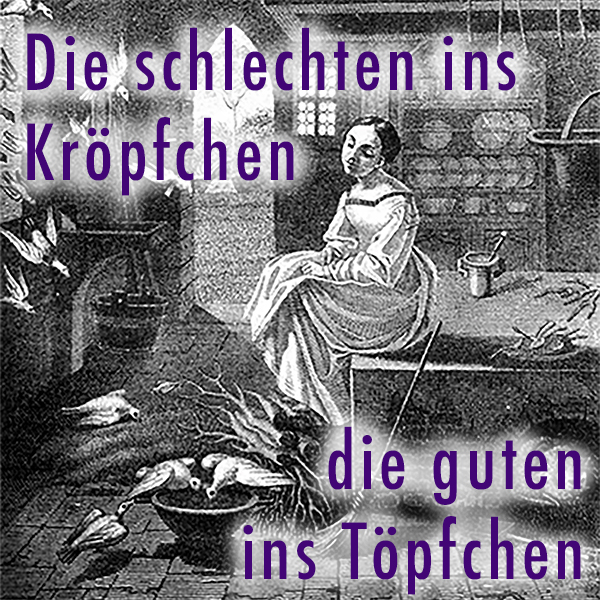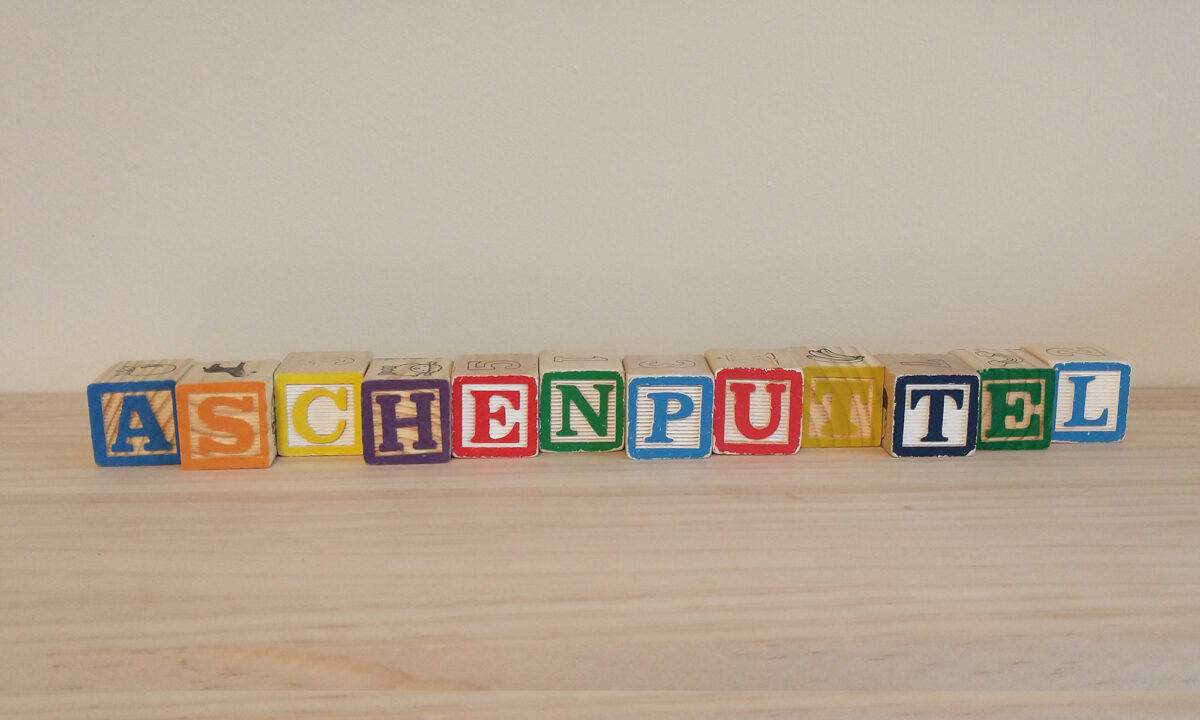The original 1812 edition of “Aschenputtel” was changed by the Brothers Grimm for the 1819 edition. What did they change, and why? Should one or the other be considered the “official” version, or neither?

The first edition of Kinder- und Hausmärchen by the Brothers Grimm was intended mainly for adults studying folklore. But over time, families and children became the main buyers of the book. With each edition, the Grimms altered the stories to make them more socially acceptable to 19th century parents, adding morality designed to teach children how to behave. Unlike the recent trend to posthumously censor the work of authors like Dr. Seuss and Roald Dahl, Grimm’s tales were edited by their own authors. So readers can look at the multiple versions of their stories, notice what changed, and decide for themselves which version they prefer.
Accompanying this episode are two audiobooks, in which I perform my translations of the 1812 version and the 1819 version.
Activity: Two Grimm Cinderellas
This activity is best for students aged about twelve and up. Students can explain their answers in a group discussion, a short written response, or an essay.
Compare the 1812 and 1819 versions of “Aschenputtel” by Jakob and Wilhelm Grimm. Write down a list of similarities and differences between the two stories. Then ask students to think about which version they prefer, paying extra attention to the ending of the story, the roles of the father and stepmother, and the punishment given to the stepsisters.
Students can consider questions such as:
- Is it punishment enough to have the sisters watch Aschenputtel drive off with the prince as they stand on the front porch with their bleeding feet, or is it more satisfying to see the wrath of the almighty descend to take away their eyes?
- How does the role of the father change in the two stories? Which version does a better job of showing his failings as a good father?
- Do you think either of the versions should have showed the father and stepmother receiving some kind of punishment, or do you think the stories work well as they are?
- Is it better for a story like “Aschenputtel” to realistically show what happens when people are cruel, with wickedness often going unnoticed, or is the story better for children when it shows good people being rewarded and bad people being punished?
- Should either of these stories be considered the official version? If so, which one and why?

